What is Bio-Activity?
Welcome to the May edition of the Frog Blog! We will be covering in greater detail the perks of bio-activity. In our very first edition of the Frog Blog we briefly mentioned bio-activity but our honorable mention did not do it justice. There is so much more to cover that we recorded our first two-part episode in our podcast BeansTalk (Check it here). But enough rambling, let get into it!
Bio-activity is the process of adding other living things into your critters enclosure. This can include various types on insects or crustaceans, plants, worms, etc. The purpose of bio-activity is to decrease the amount of clean up you have to do and to more closely mimic your critters natural environment.
Bio-activity can completely change you and your critters’ lives. When done correctly you can lower the need for maintenance. However, you will have to spot clean and remove any rotten plant matter or food your clean up crews do not take care of. How does one go bio-active? Is their special substrate? How do I know what clean up crews work best for my critter? Well buckle up buttercup because we have got a lot to cover.
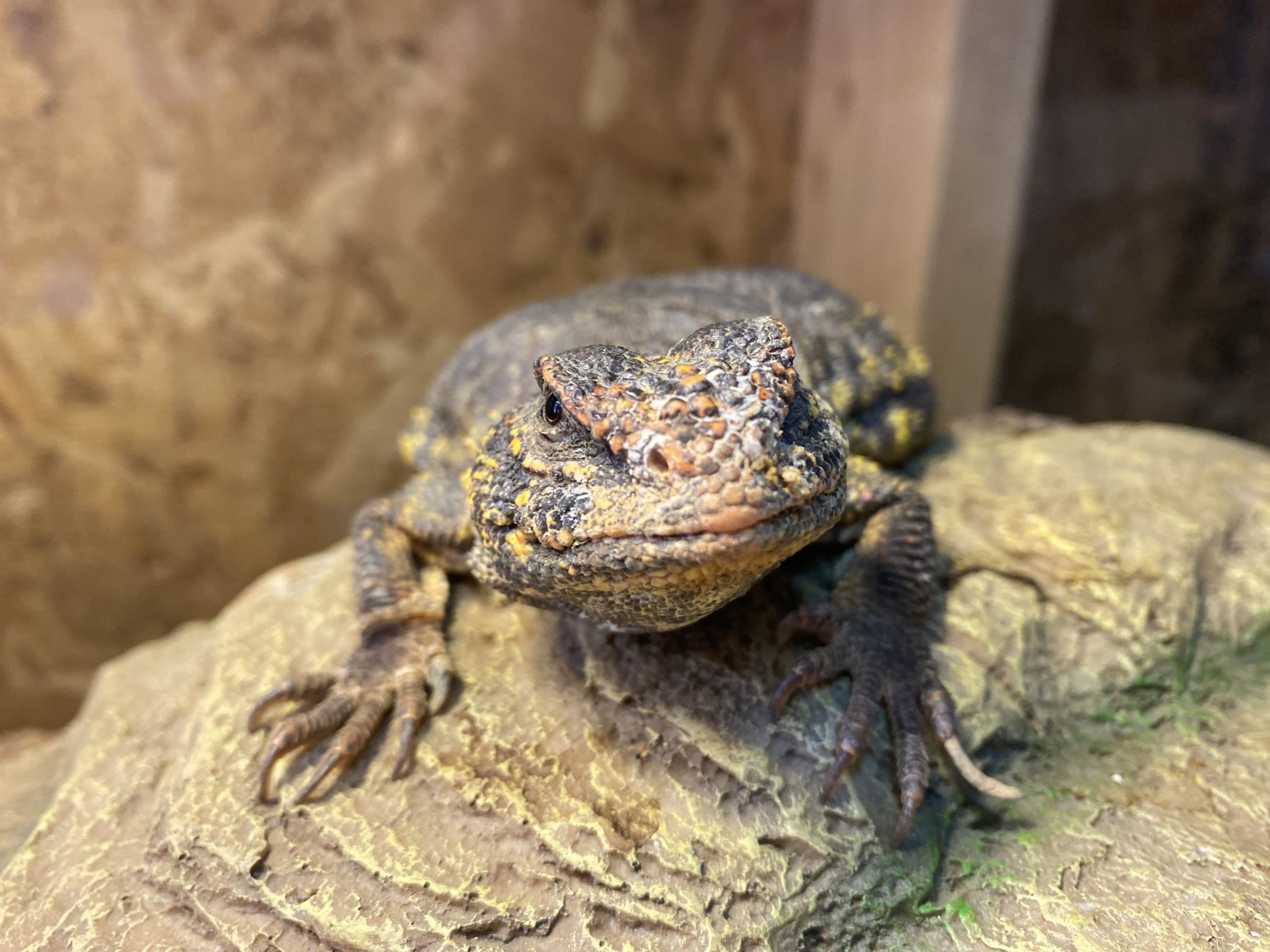
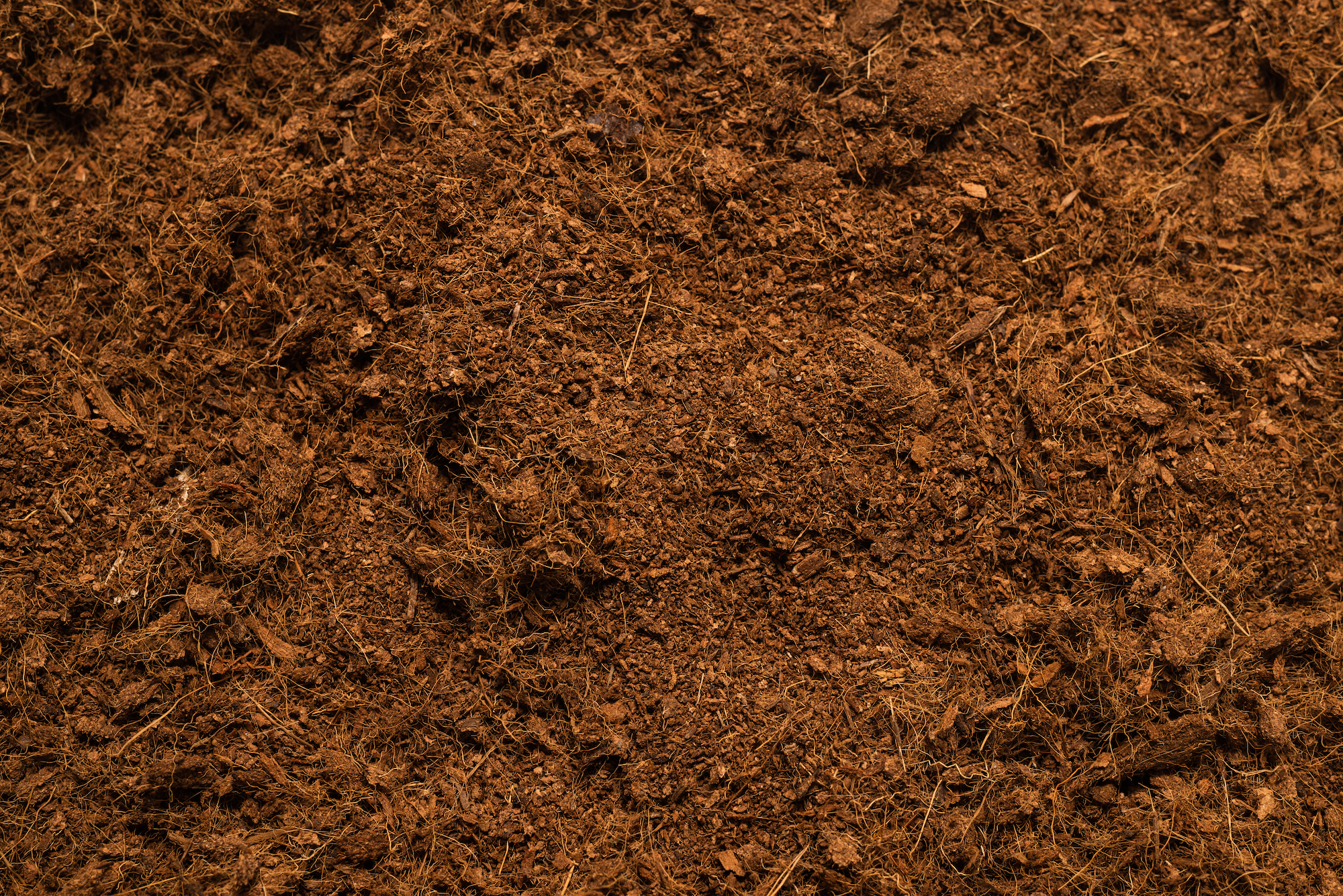
Where to Begin
To begin we need to talk about substrate, Substrate is important to every critter. Whatever substrate you are using (or plan to use) for your critter will work just fine. As long as you avoid things such as reptile carpet and paper towels. Try using things like sand and gravel for your desert critters or coco-husk fiber or similar substrate for your tropical and arboreal critters. Most clean-up crews need moisture so be sure to check out the care sheets for your chosen clean-up crew. Substrate moisture content can be a deciding fator when planning your clean-up crews as it can drastically change the humidity levels within your enclosure. With substrate out of the way let move on.
What About Plants?
Plants are a nice addition to any bio-active set up but not necessarily required. Plants can help filter the air, soil, and water of your enclosuresas well as giving your critters (including your clean-up crews) a place to hide and possibly nest. Depending on the size of your enclosure you also have the potential to put a self-sustaining food source in the enclosure. Adding food sources that live within the enclosure can cut down on the amount of work required to keep your critter happy and healthy which allows more time for you and your critter to enjoy each others company. Just be sure you’ve done your research to see what plants best suit your critter and their habitat. It’s also worth checking which plants work best with your clean-up crews. Giving them plants that promote breeding by giving the somewhere safe to hide and live will decrease the chances of needing to add a new colony to replenish the population.
Bug? In the House?
Now that we have substrate and plants out of the way it’s time to look into the clean-up crews themselves. Clean-up crews are a key component in going bio-active as they are the ones who do all the hard work. They clean up all that pesky left over food and plant matter your critter throws around as well as any mold or fungi growing in the enclosure. There are so many options out there how are you supposed to know which ones work best for your critter? The good news almost all traditional clean up crews have species that live in every environment and habitat. The bad news is that doesn’t narrow our options down. So lets break it all down.
To begin we have isopods, small crustaceans that live in the substrate of your enclosure. You say “ But Nathaniel, crustaceans need water to survive!” and you would be right. While these little relatives of the crab do need water to breathe they use their gills to collect moisture from the substrate in order to do so. These guys get even weirder, isopod species such as powdered orange and powdered blue live in the desert, which is what makes isopods one of the easiest clean up crews to own as they can literally live anywhere you desire. Be sure to have proper accommodations for your isopods so they don’t become the food for your other clean up crews.
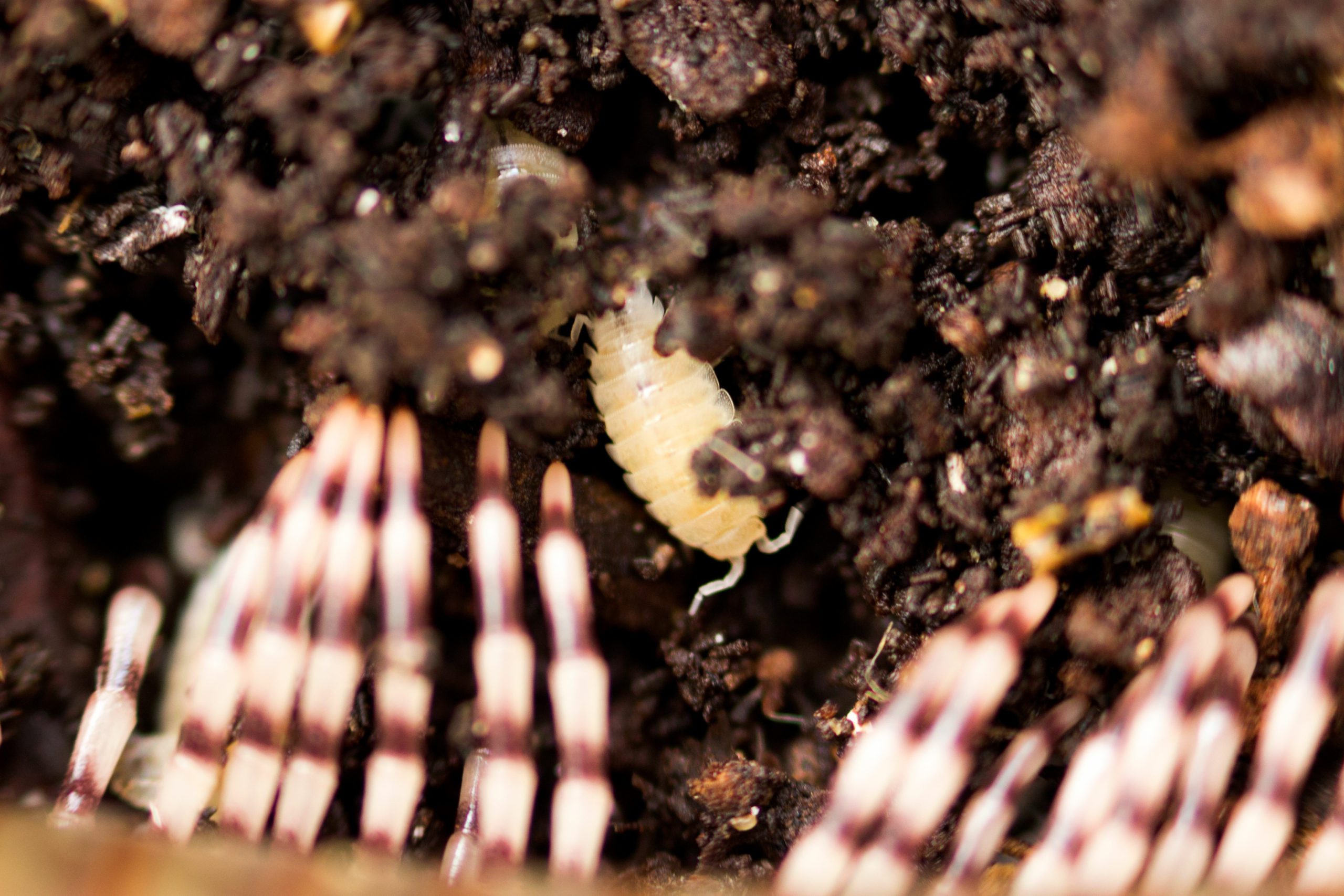
Next up we have springtails. These are mostly arboreal and tropical cleanup crews as they require moisture as well. However unlike isopods they actually are insects and don’t need the moisture to breathe. Despite needing moisture there is a species of springtail that can live in an arid habitats. Be sure you provide proper set ups to help keep the springtails healthy and happy. Do the research and get the right springtail species for your enclsure’s environment.
Next we have what we call “non-traditional” clean-up crews. These include millipedes, meal worms, and worms such as redworms or earthworms. We’ll start out with worms as they are the easiest to add in, they require moisture just like isopods and springtails as long as the environment is good for isopods and springtails (non-desert dwelling) it will be good for worms. Worms help airate and fertilize the substrate for plants as well as cleaning up left over food scraps. Next up we have the mealworms, these tend to be more tricky to use as they require supervision and maintenance. However they combat mold extremely well. Due to the breeding cycle mealworms can become depleted if your critter decides to use them as a snack. When using mealworms be sure to have somewhere fro them hide and breed or be prepared to add more at least monthly. Lastly we have our millipedes, they can only be used in herbivore enclosures as they are toxic and can make any animal that eats them very sick or can lead death. Be sure your critter will be absolutely safe with a millipede in the enclosure. Most millipedes will not show agression toward a critter if the critter does not disturb them. As with anything new you add to your critters home keep a close eye when adding clean-up crews especially millpedes.
Now that we have covered all the different aspects of bio-activity you are ready to start setting it up. Keep your critter in mind and be sure to prioritize their happiness over any convience bio-activity may provide.
If you enjoyed todays blog be sure to subscribe to our mailing list below to receive updates on the newest release as well as acces to discounts and special pricing. Also follow us on our socials and give our podcast a listen.
"*" indicates required fields

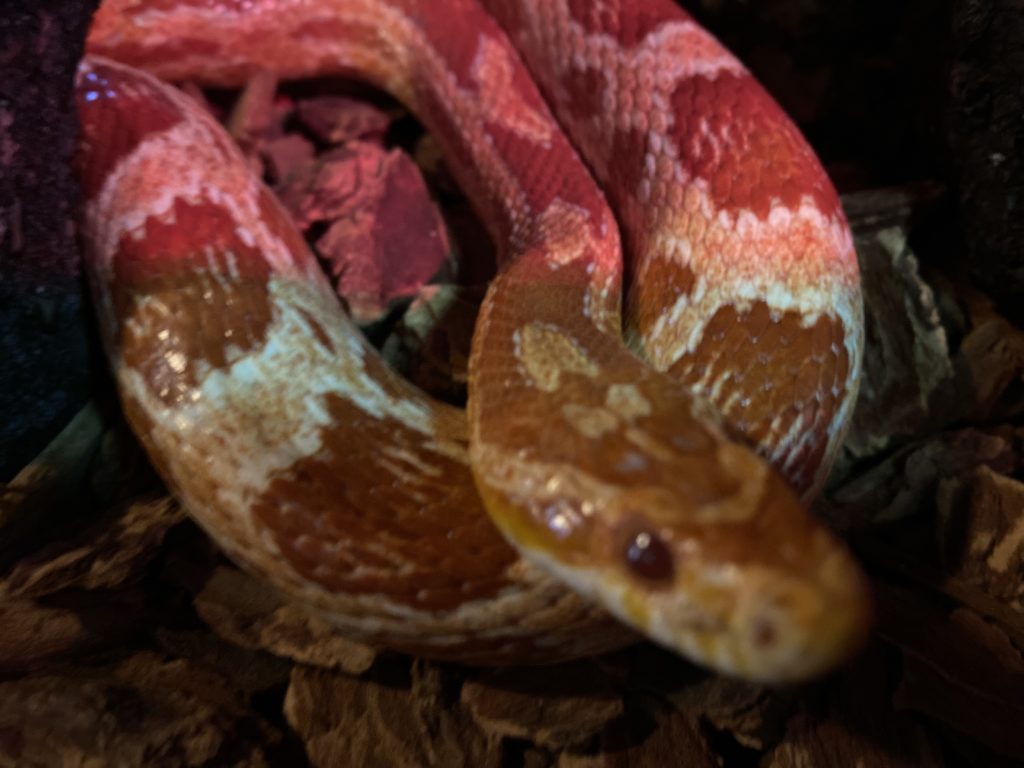

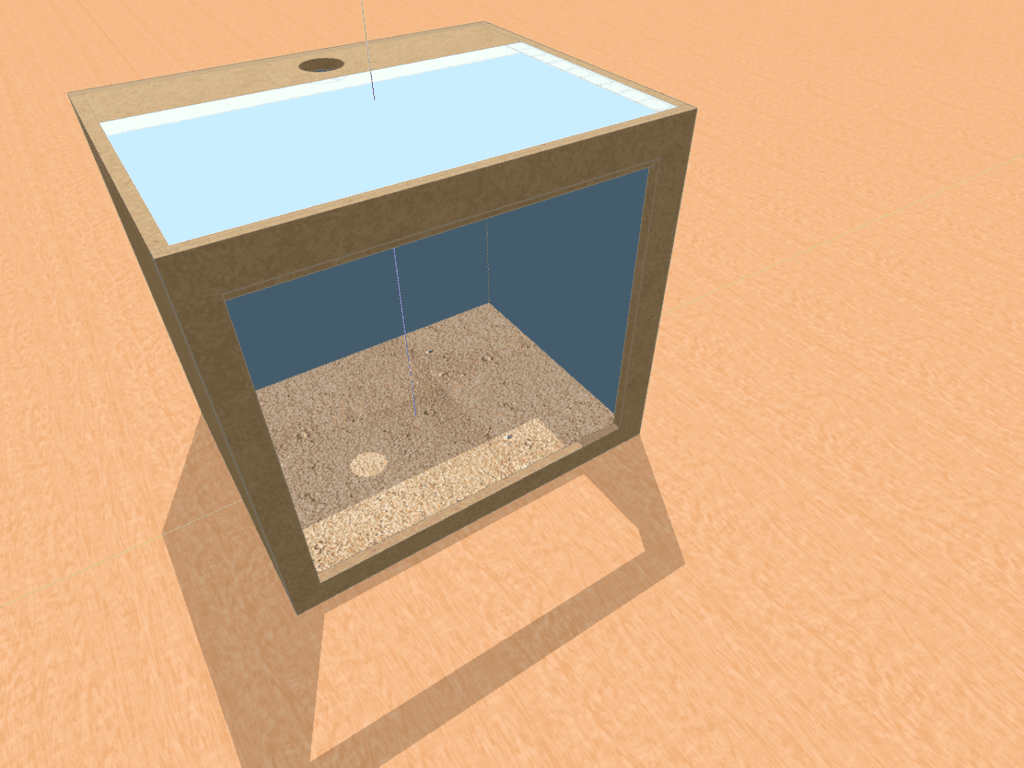
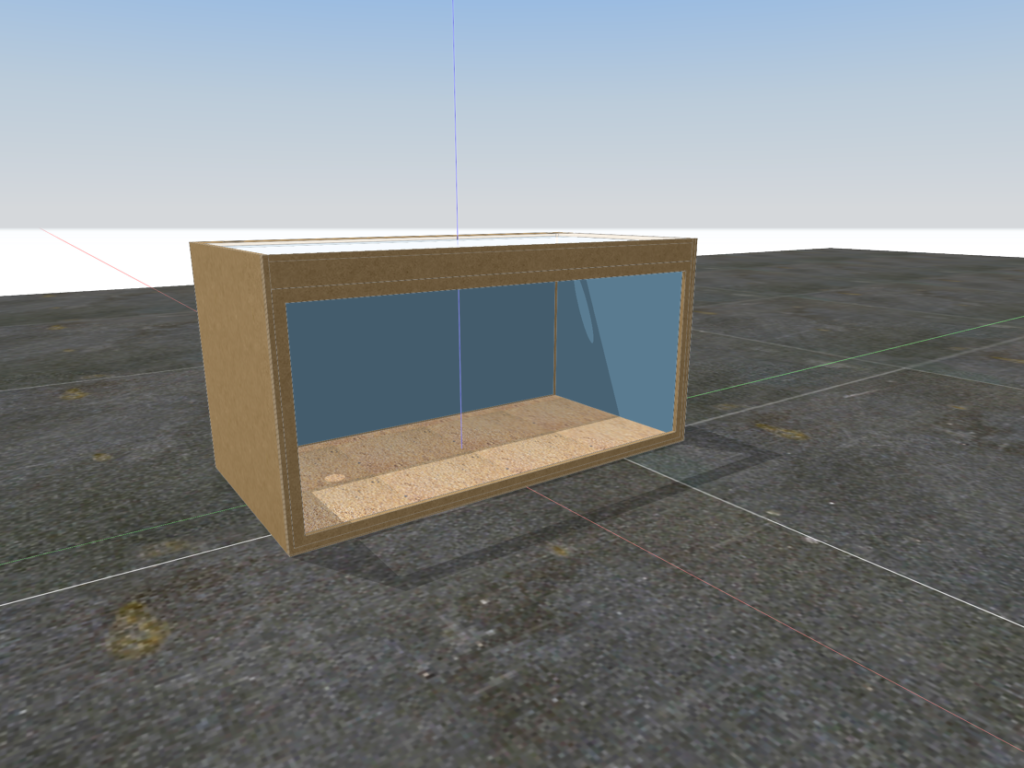
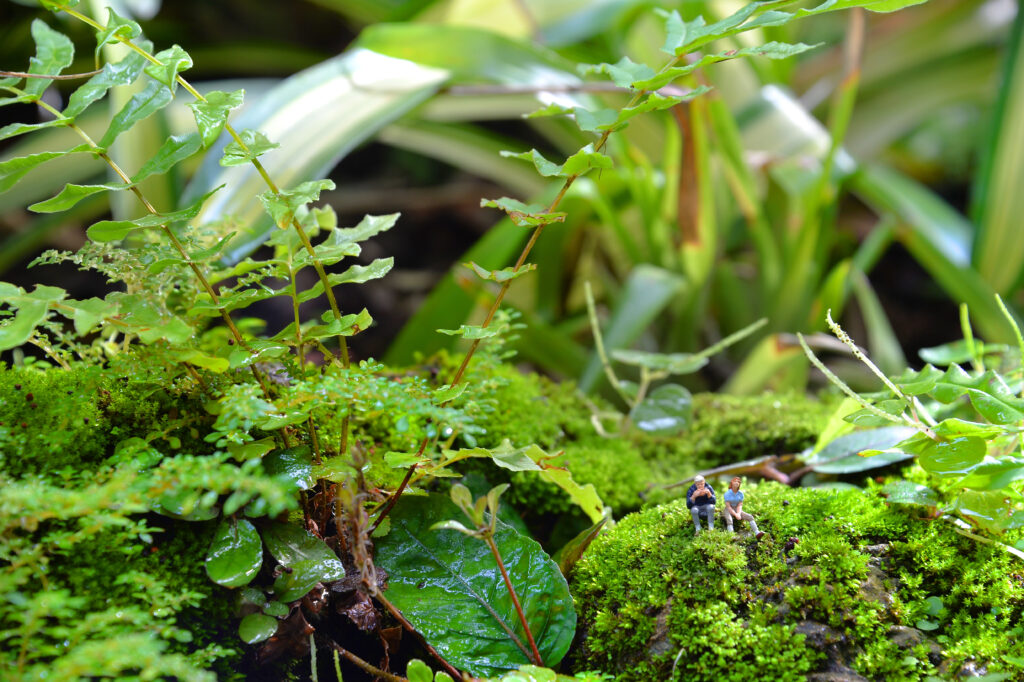
0 Comments